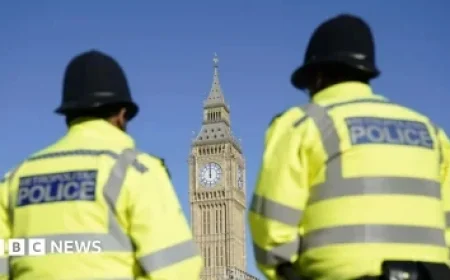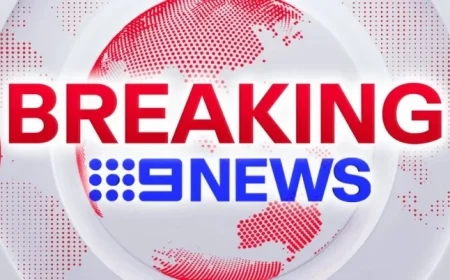Hawaii Visitor Arrivals Continue to Decline

Visitor arrivals in Hawaii saw a decline in September 2023, impacting overall tourism revenue despite increased daily spending. The total number of visitors was 690,858, marking a decrease of 2.5% compared to September 2022. However, daily spending increased by 11.3%, reaching $270 per person, resulting in a total visitor expenditure of $1.54 billion — an 8.1% rise year-over-year.
Visitor Statistics and Trends
In the first nine months of 2023, Hawaii welcomed approximately 7.29 million visitors, which is a modest increase of 0.4% from 2022. Total spending during this period reached $16.17 billion, up by 4.9% compared to the previous year.
- Visitor Arrivals: 690,858 in September 2023.
- Average Daily Spending: $270 per person.
- Total Expenditures: $1.54 billion.
- Year-to-Date Visitors: 7.29 million.
- Total Spending YTD: $16.17 billion.
Mode of Arrival
Most visitors (674,860) arrived by air, with a significant number coming from the U.S. West and East. Meanwhile, 15,998 visitors arrived via cruise ships. Air travel saw a slight decrease of 2.2%, while cruise arrivals fell by 14.5% compared to the previous year. Air capacity has also decreased, with 4,432 trans-Pacific flights and 982,375 available seats, showing a decline of 1.0% and 0.8% respectively.
Economic Factors Impacting Tourism
According to Jerry Gibson, president of the Hawaii Hotel Alliance, September was challenging due to rising operational costs. Factors such as labor expenses and increased prices for materials, goods, and shipping have affected profitability. He expressed concerns that hotel rates are not keeping pace with rising costs, leading to a stagnant profit environment.
National Trends
The trend in Hawaii reflects a broader national decline in travel from August, although overall participation remains above the previous year’s levels. Chris Kam, president of Omnitrak TravelTrak America, noted that while domestic travel remains strong, many travelers are becoming more price-sensitive, opting to drive rather than fly. This is particularly challenging for Hawaii, a destination that requires air travel.
Market Analysis
Data from the state’s Department of Business, Economic Development, and Tourism (DBEDT) indicates that Hawaii’s largest source market, the U.S. West, experienced a 4.7% decline in arrivals to 342,608, yet their spending increased by 14.7%. The U.S. East market saw a 2% growth in visitors, reaching 163,579, and their spending increased by 8.8%.
- U.S. West Arrivals: 342,608, down 4.7%.
- U.S. East Arrivals: 163,579, up 2%.
- Canadian Visitors: 19,243, down 2.3%.
- International Market Visitors: 77,216, down 8.1%.
Challenges Ahead for Hawaii’s Tourism
Keith Vieira of KV & Associates highlighted increased competition from other destinations. Hawaii’s tourism budget of $63 million is not adequate, particularly when compared to other areas like Las Vegas, which has significantly larger marketing budgets for tourism. With notable budget increases for various travel destinations, Hawaii faces challenges in maintaining its market share.
As the year progresses, there are indications of weak momentum. Many hotels are forecasting bookings down by 10% to 20%. Gibson has noted slight improvements in October, but overall trends remain concerning.
Future Strategies
The Hawaii Visitors and Convention Bureau (HVCB) is seeking additional funding to enhance tourism marketing efforts. Their request includes revisiting an earlier $10 million campaign cut, aimed at revitalizing travel from core U.S. markets. According to HVCB president Aaron J. Sala, immediate funding would be crucial for the state’s economic recovery.
As tourism trends evolve, strategies must adapt to ensure sustained interest and engagement from potential visitors to Hawaii.
































